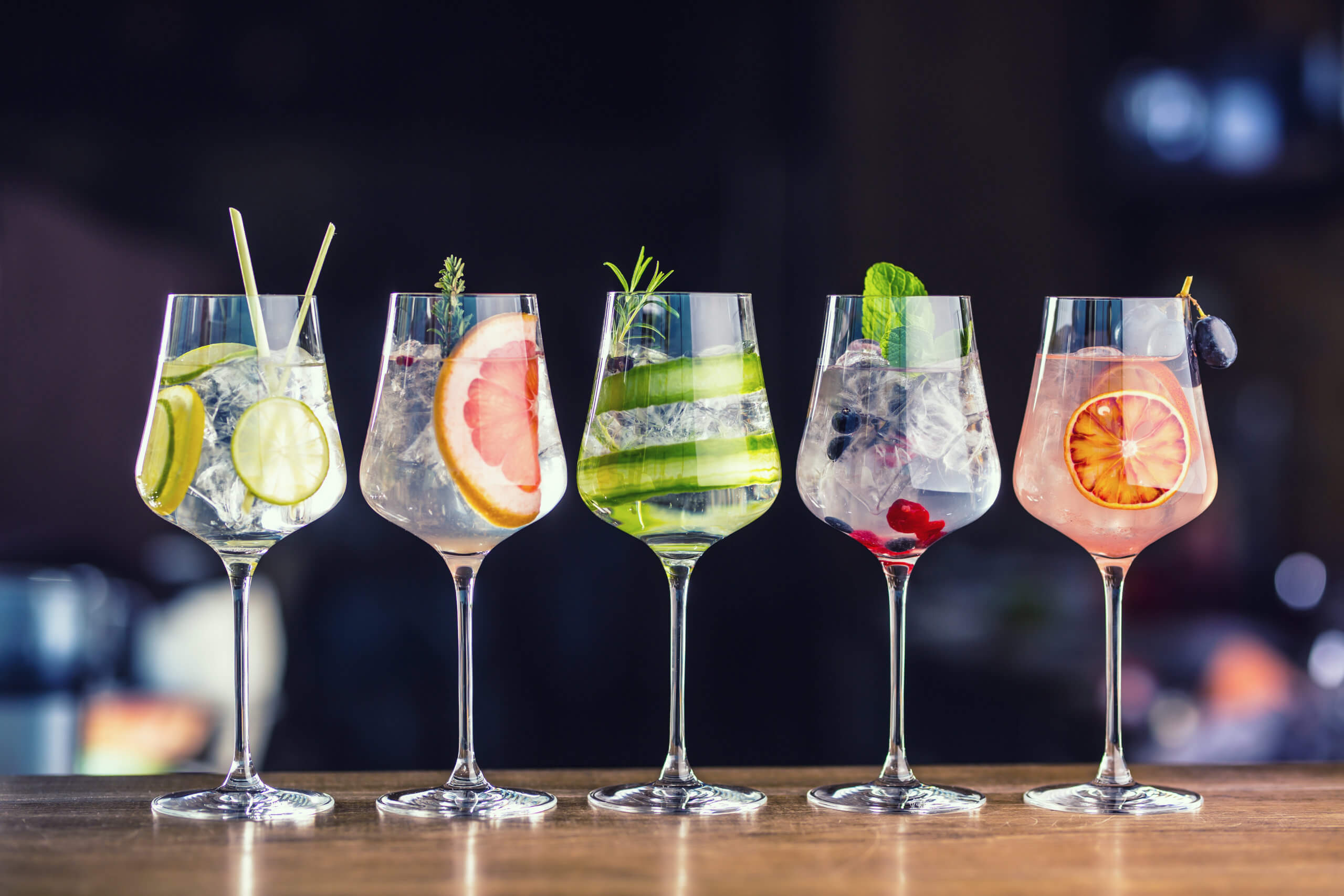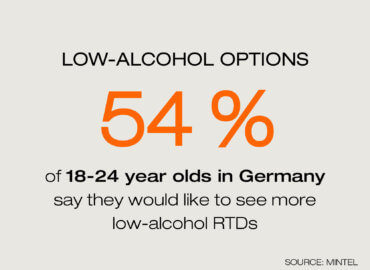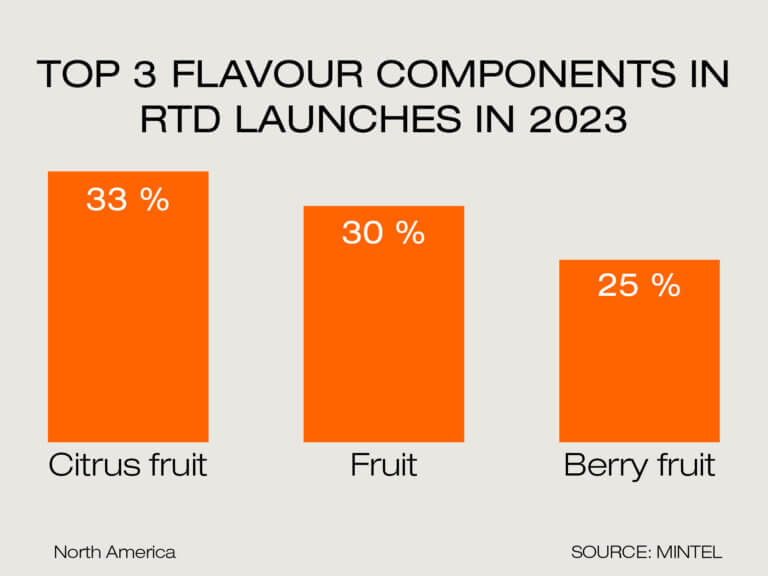As we look ahead to 2025, it’s time to highlight how the industry is going to evolve. What are the latest trends driving the alcoholic beverage market?
MINDFUL DRINKING
Health-conscious consumers are looking for no-/low-alcoholic options within the category. Less alcohol quantities but higher qualities are getting consumed.
If they not already have – manufacturers should consider expanding their portfolios to include high-quality no-/low-alcoholic alternatives.

POPULAR RTD's
RTDs were the only part of the global beverage alcohol market in 2023 which increased in volume growth and value. It is prognosed that this growth will continue, with a CAGR of +3% for both volume and value between 2023 and 2028 (source: MINTEL).
RTDs are getting more sophisticated as they grow: Cocktails and long drinks are continuing to take share as consumers explore more premium options.
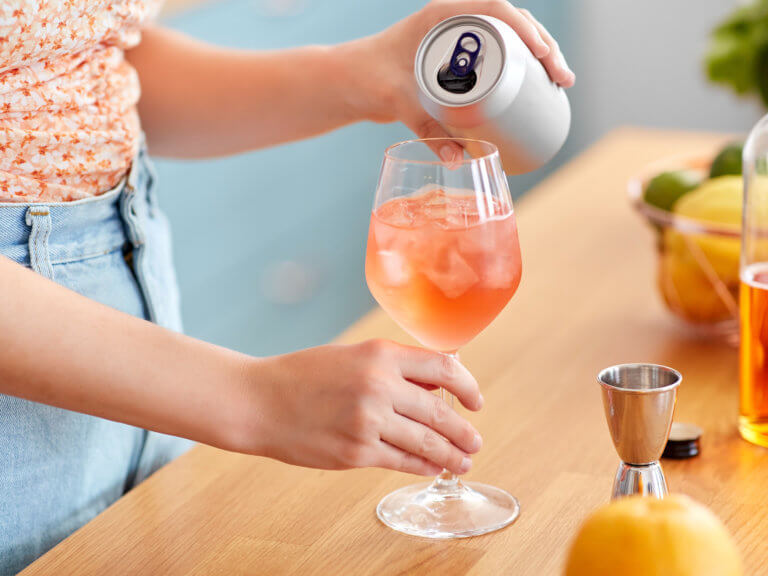
Citrus flavours are the most popular flavours for alcoholic beverages. Concerning North America, 2023’s RTD product launches were mostly citrus fruit, fruit and berry fruit (see graph).
Setting the spotlight on passionfruit: As the tropical fruit is a well-favoured flavour, especially in Porn Star Martini or Gangsta’s paradise. When it comes to Gin, Gin Tonic is the RTD to go. Not to forget Mojito as the most popular flavour mix for RTD.
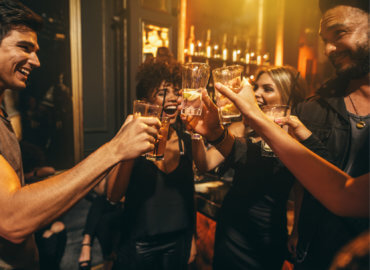
MAKING DRINKS AN EXPERIENCE
Tastings and meal pairing are some innovations that the alcohol industry is driving. Making alcoholic beverages not just a drink but an experience has been finding favour with an growing amount of consumers.
Cocktails‘ popularity shows what people want to experience and see when they consume them: They started from at-home entertainment during the pandemic and changed to an increasingly extravagant art found in bars and restaurants.
Absolut successfully has been creating attractive limited-editions bottles to fuel people’s collecting instinct. Check out their latest design.
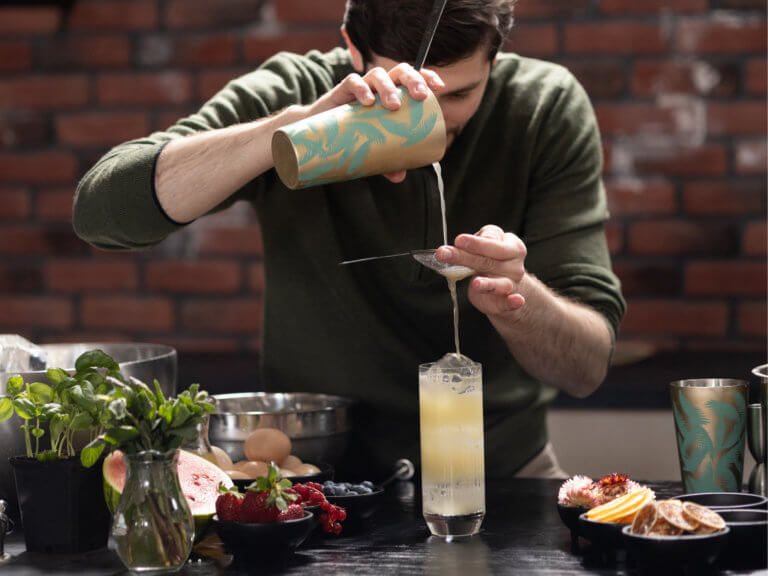
SUSTAINABLE PACKAGING
Sustainability is a key concern for today’s consumers. Eco-friendly packaging not only reduces environmental impact but also appeals to eco-conscious buyers.
Manufacturers should invest in sustainable materials and innovative packaging solutions to meet this demand. Find here a good example.
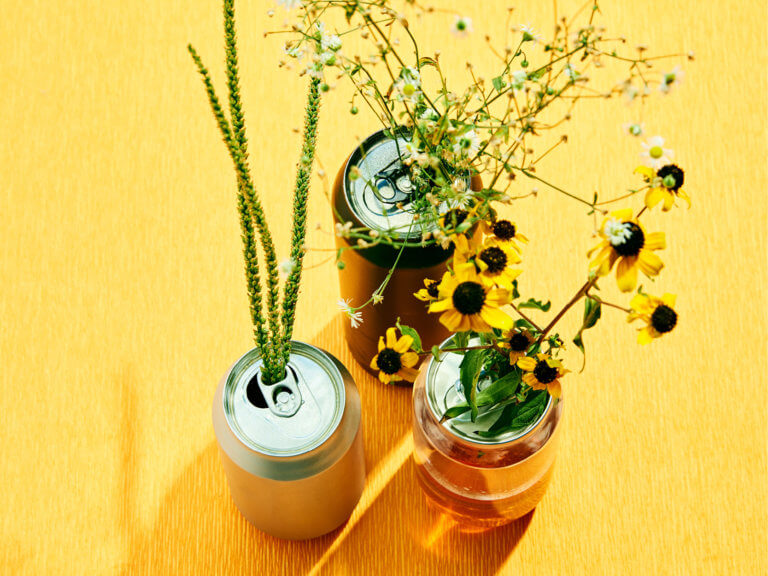
ARTIFICIAL INTELLIGENCE
Artificial intelligence has long since become part of our everyday lives and is finding its way into industry more and more every day.
For example, it simplifies and accelerates the way in which industry understands the interactions of different flavour compounds and potentially lead to the detection of new ones. Think of FMPs and their ability to modulate sweetness perception.
Some first mover brands already used AI in their product development processes. Katlenburger launched „Europe’s first AI RTD fruit wine mix“ or HELL ENERGY launched an energy drink „entirely powered by A.I.“.
In other words, AI is particularly not a new trend – however it will become more and more established in the alcoholic beverage industry in the future.
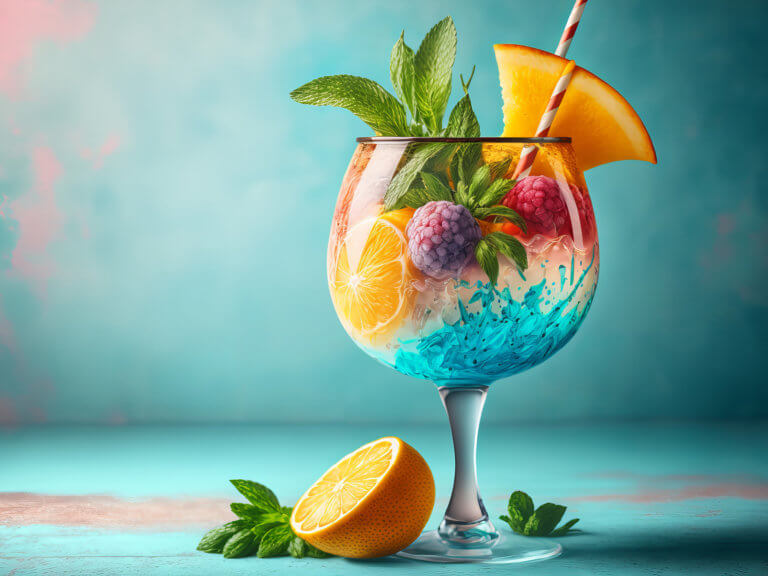
CATEGORY BLURRING
This phenomen does not only occur in the energy drink / sports / soft drink category: Mixing lemonades with spirits. Making hard seltzer out of simple seltzer. In order to create new variations brands overstep category borders.
On the other side, alcoholic beverage manufacturers are doing their best to follow the sober curious trend and create non-alcoholic alternatives from their bestsellers.
2025 will provide us with a continuous blurring of classifications and evolution in the alcohol sector.
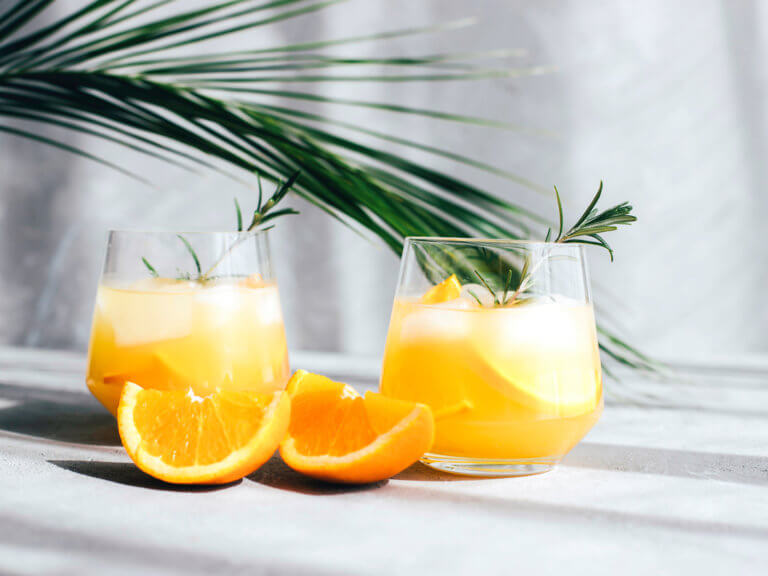

The global alcoholic beverage market is constantly changing – as people tend to drink less but with higher quality, they’re still looking for products with the best taste. Flavour innovation is key, no matter if they consume no- or low-alcoholic drinks.
Partner with esarom and impress with
taste experiences that goes beyond any expectation

